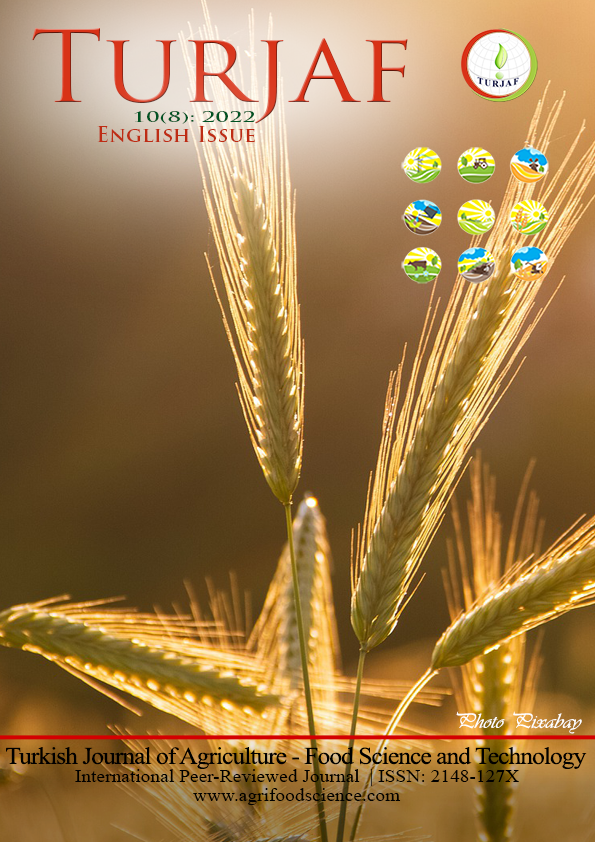Some Mechanical Properties of Chestnut in Relation to Product Processing and Equipment Design
DOI:
https://doi.org/10.24925/turjaf.v10i8.1565-1570.5332Keywords:
Chestnut, rupture force, rupture energy, deformation, firmness, friction coefficientsAbstract
Mechanical properties provide information to design and develop suitable machines (equipment) for processing, transporting, and conveying chestnuts. Four chestnut cultivars that have not been studied before were investigated in the study carried out for this purpose. Some engineering properties of Macit 55, Akyüz, Ali Nihat, and Bouche de Betizac chestnut cultivars were determined and compared. The mechanical properties were determined by rupture force, rupture energy, deformation, and firmness values. The friction coefficients of chestnut varieties on a galvanized sheet, stainless steel, and rubber surfaces were investigated. Mechanical properties were determined using a Universal Testing Machine. The values obtained from the samples were obtained by compression between the parallel plate along the X, Y, and Z axes. For the static friction coefficient, while the galvanized sheet surface had the lowest value (0.145), the rubber surface had the highest value (0.212). For rupture forces, the force required to break the chestnut at the Z loading axis position (714.09 N) was higher than the required force at the Y loading axis position (396.35 N) of the fruit.Downloads
Published
How to Cite
Issue
Section
License
This work is licensed under a Creative Commons Attribution-NonCommercial 4.0 International License.
























